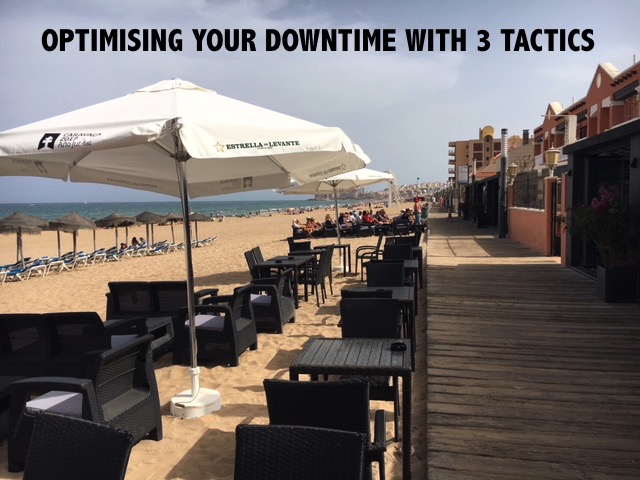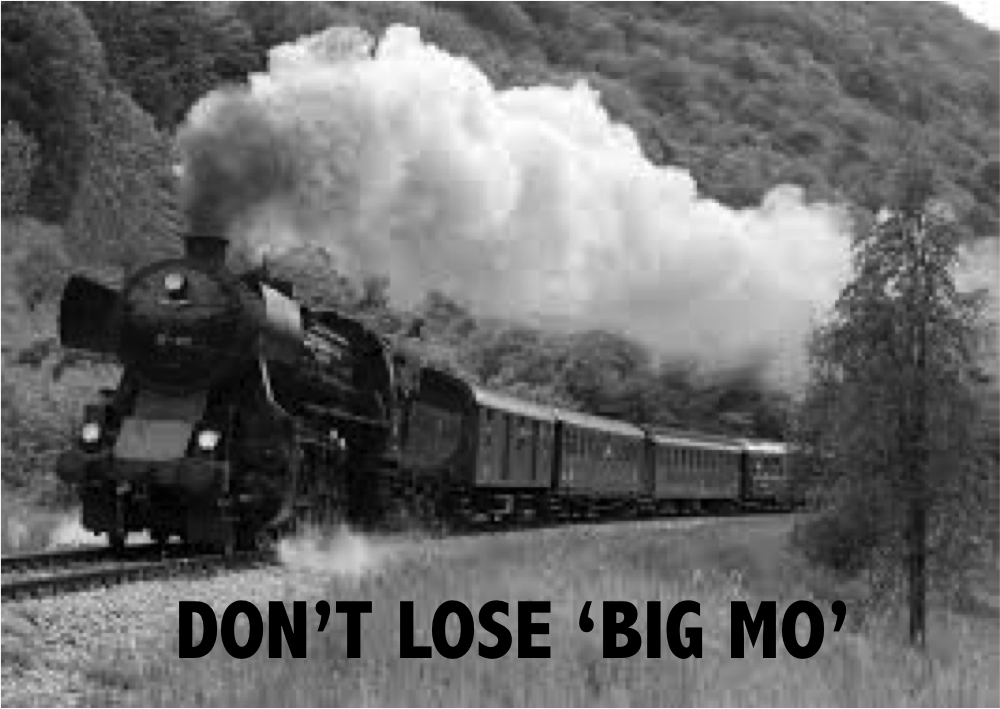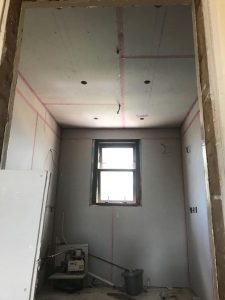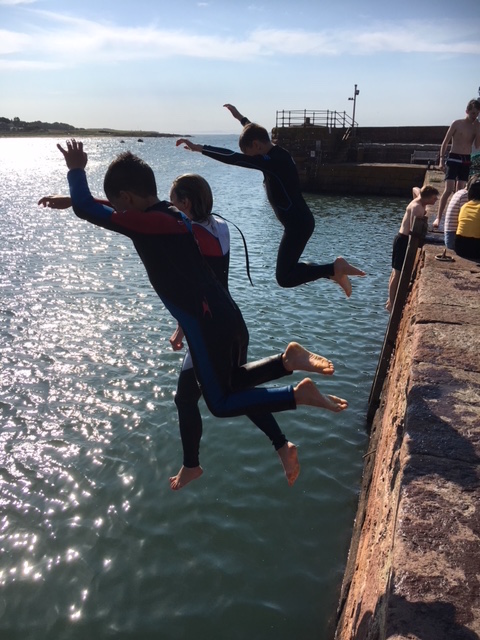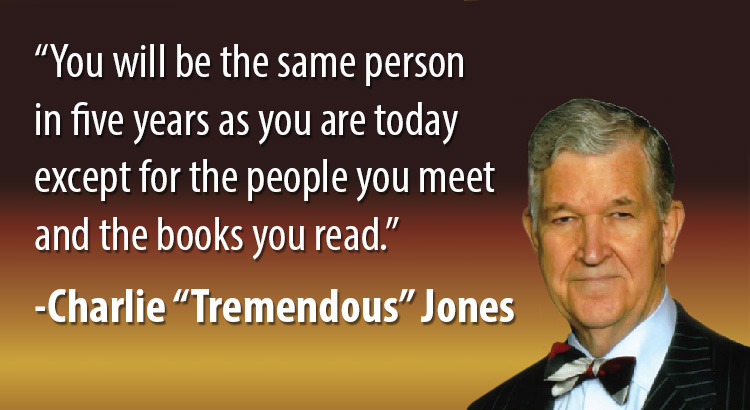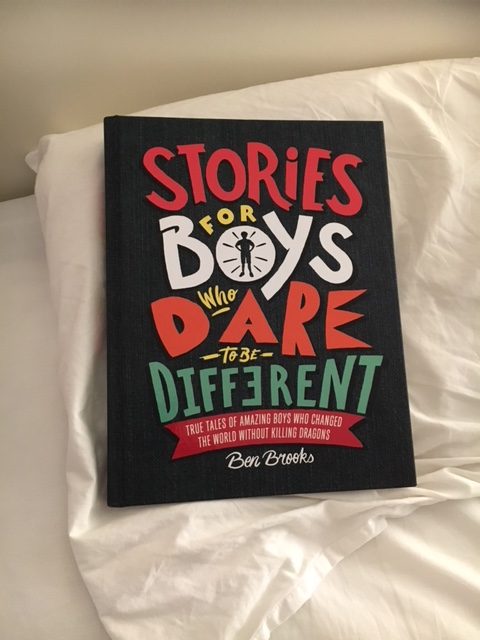When you know how, downtime can serve your business more than you think. If that’s sounding strange, let me explain.
[WARNING: This post contains some heavy going psychology and personality theory, not for the faint hearted, but will pay dividends for those who stick with it to the end]
Many of the ambitious achiever types can easily get caught in the ‘hustle’ and ‘grind’ of working towards their goals daily. It sounds crazy but both in the US and the UK many annual leave days go untaken or left until the last minute each year.
Downtime and play is not only fun but it’s a crucial part of sustaining one’s ability to keep performing throughout the year.
This two part post is about using your personal downtime and holiday time to supercharge your brain so you can unlock more of two key things: 1) high leverage execution to act on bold ideas and 2) develop your ability to come up with the bold ideas in the first place.
If interested, you’ll need to bear with me for a few paragraphs so I can explain the context and some theory, then the tactics that follow will make a lot more sense.
I am genuinely intrigued by the subject of human performance and psychology so over time I’ve done a bit of research and learning in the area. Rather than go into a lot of detail I wanted to try to keep this as a brief introduction and look at how understanding this stuff translates to us as property entrepreneurs.
What Is The Big Five Personality Model?
In Psychology, there are five broad dimensions of personality traits, commonly referred to as the “Big Five” personality traits. These can be easily remembered with the acronym OCEAN (attributed to Lewis Goldberg), as follows:
O – Openness: Curious, open to new ideas, creative, original, intellectual
C – Conscientiousness: Organised, systematic, punctual, achievement oriented, dependable (think also delayed gratification, doing what you know you should, finishing things)
E – Extraversion: Outgoing, talkative, enjoys social situations
A – Agreeableness: Tolerant, sensitive, trusting, kind, warm
N – Neuroticism: Anxious, irritable, temperamental, moody (meaning a high stability against these)
The Big Five model is able to account for different traits in personality without overlapping. In other words, while identity (our beliefs, values and individual psychological “make up”) might be infinitely varied, there are just five key dimensions of personality that can be tested and measured without overlap.
What I find fascinating is that research has shown the Big Five personality model to show consistency across a wide range of ages and cultures.
The top 2 success traits
The top 2 entrepreneurial superpower traits are Openness and Conscientiousness.
Openness is the trait that leads entrepreneurs to the bold and courageous ideas.
Conscientiousness is the trait that leads them to execute on the ideas.
Research indicates that one well documented personality type consistently produces more and better success than all the others – Conscientiousness
Eric Barker (a writer for Wired magazine) uses the latest findings in the science of human behavior to write about ideas that improve our performance at work and at home. I’ll paraphrase one such article here:
“Dozens of studies show that willpower is the single most important keystone habit for individual success…..
Conscientiousness is the fundamental personality trait most closely tied to self control (willpower) and it tracks with nearly every type of success across your lifespan.”
Whilst Conscientiousness is great, when paired with a high Openness trait, the results can be phenomenal.
High openness people are extremely curious about the world around them, in being creative and exploring ideas. As an example, the late Steve Jobs was extraordinarily high in the Openness trait and just look at the industry changing ideas that have come from him and his company.
Openness is where your entrepreneurial genius comes from, the out of the box problem solving. The challenge for any solo business owner is that you need to be high in both these traits. High Openness but low Conscientiousness can lead to lots of ideas but risk of shiny object syndrome ie jumping from one thing to the next and never actually executing.
When you are heads down working hard each day on (or IN) your property business, that’s working the conscientiousness muscle, and without a break to replenish, it can lead to serious burn out and diminishing returns.
Openness is also like a muscle, but here’s the good news – it’s RELAXING AND FUN TO WORK OUT. What’s more, we can only build our Openness muscle when we’re NOT working.
The ‘tunnel vision’ focus of Consciousness execution is the total opposite of Openness. In other words, you narrow your focus at the desk to crunch through to do lists. What replenishes this is sleep, exercise, nourishing food and breaks. BUT, what also helps replenish this is OPENNESS ie being open to and engaging in new conversations, new points of view, new experiences, indulging your curiosity. The more focused you get the more your brain will crave Openness as a release and a means to replenish. That’s why ‘crushing it’ for an 80 hour week of conscientiousness robs you of the regenerative cycle where Openness feeds Conscientiousness and Conscientiousness feeds Openness.
So here’s the BIG TAKE-AWAY from this post that was a total light bulb moment for me when I learned it, and a real mental gift in relation to all of our family holidays…..
Give yourself permission to consciously unwind with the knowledge that it will help you become more Open and therefore more Conscientious in the long run. [By the way if you have kids, you’ll know they are great at play (see pic), so observe but more importantly, join them].
This really is huge, so don’t underestimate the seemingly obvious. It doesn’t happen without being intentional.
Increasing Openness and Conscientiousness is the entrepreneur’s superpower, there’s nothing that guarantees success more than these 2 traits.
Well done if you got this far. It’s more heavy going than my usual posts but covers some fundamentally important concepts so let me know if it’s resonating or not. In the follow up post I’ll share some of the tactics to get this stuff working for you.
PS. If you are interested in taking an online test to find out your own scores in the Big 5 personality traits here’s a link:
http://personality-testing.info/tests/BIG5.php
References – the scientific theories in this post have come from the following experts:
Professor Brent Roberts
Peter Shallard
Doctor Rajesh Kamath
Eric Barker
Goldberg, McRae and Costa


